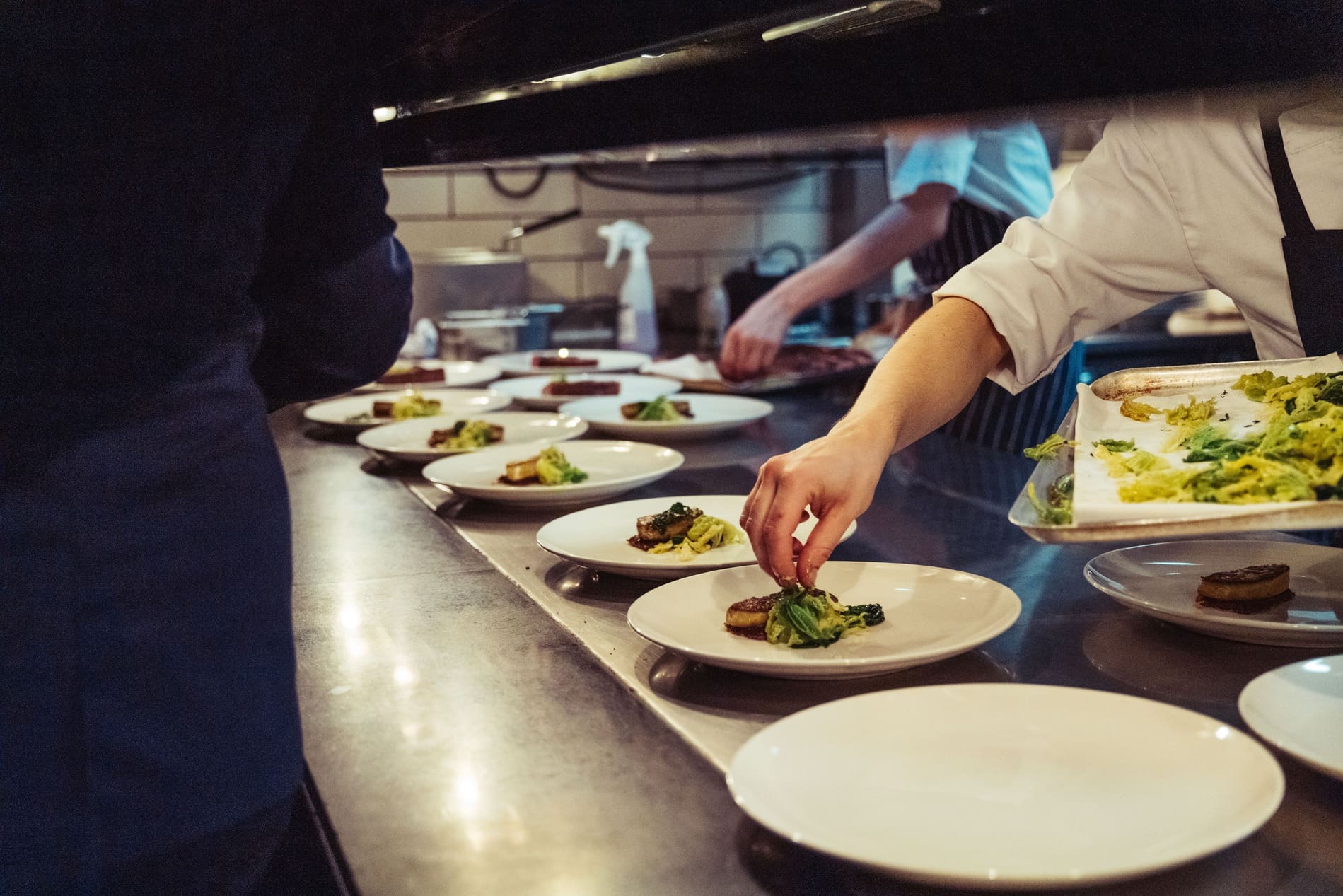At one point in time, a trip driven by food was categorized as a “foodie vacation,” but today, a food-centric trip is simply considered your average vacation. According to Mintel’s Innovation on the Menu US 2016 report, half of consumers consider themselves foodies, indicating an interest in food is no longer reserved for a niche group of the population, specifically when it comes to travel.
4 in 5 Millennials agree that trying new restaurants is an important component of traveling
Shifts in the travel experience have played a large role in defining how food fits into a trip, especially with younger consumers. Four in five Millennials agree that trying new restaurants is an important component of traveling, according to Mintel’s Dining Out: A 2017 Look Ahead US 2016 report. With more consumers leveraging alternative accommodation services, such as Airbnb, they are often living in local neighborhoods, rather than centralized areas, exposing tourists to more diverse restaurant experiences.
Millennials also serve as a core demographic for travel food destinations as they are most likely to splurge on restaurants and meals when traveling. This value placed on experiences is not simply changing the game for the travel industry, but the restaurant industry as a whole.
Legacy chains
When consumers are traveling they are often seeking experiences that can’t be replicated at home and restaurant chains are feeling the loss. Previously, chain restaurants served as a place of comfort for tourists when traveling away from home; however, today’s foodie centric culture is placing adventure and experience over comfort. Rideshare services like Lyft and Uber also drive local restaurant experiences as they provide tourists with a stronger sense of comfort to go off the beaten path, knowing they can easily find a way home.
Not all chains are created equal when it comes to travel. In-N-Out Burger has maintained a steady reputation for being a travel destination over the years without any notable menu updates. While In-N-Out has the benefit of being a regional chain to serve as a tourism driver, national chains can still find outlets to create a unique experience. For example, Taco Bell recently announced a series of limited reservations for dining at the official Taco Bell Test Kitchen in Irvine, California.
Regional food trends abound
The appeal of local food has created a boom for regional food trends to gain prominence across restaurant segments. Poke, a dish with regional roots in Hawaii, has become a hot item across major cities, specifically in the fast casual sector. The popularity of Nashville Hot Chicken inspired KFC to create its own version in 2016 that’s served nationwide. Pizza, which has always been a leader in regional trends, is also seeing influence from cities beyond Chicago and New York. Detroit-style pizza, known for its signature pan-baked square shape, has been driving interest beyond its city of origin.
The impact social media has on the growth of regional food can’t be ignored. With consumers documenting the food they have both at home and while traveling, consumers build up an interest and curiosity in trying the flavors and dishes they discover online.
Breweries compete
The craft beer movement has transformed breweries into unique destinations and they are meeting the increased demand by driving interest from locals and tourists alike. Compared to traditional restaurants which focus on table turnover, breweries provide a more low key experience, allowing guests to linger over drinks. Food is also becoming a key focus for breweries. While some have in-house menus, such as Ballast Point Brewing in California, other breweries allow food to be brought in from other locations. The flexibility of breweries to serve various dayparts is making them a key competitor to watch for the restaurant industry as a whole.
Diana Kelter is a Foodservice Analyst at Mintel. Diana authors reports focusing on changing consumer attitudes, industry news, and flavor / ingredient trends within foodservice. Diana also specializes in leveraging menu data from Mintel Menu Insights database.








































